An Unreal Estate
An Unreal Estate
SUSTAINABILITY & FREEDOM
IN AN EVOLVING
COMMUNITY

LUCINDA CARSPECKEN
INDIANA UNIVERSITY PRESS
BLOOMINGTON & INDIANAPOLIS
This book is a publication of
Indiana University Press
601 North Morton Street
Bloomington, Indiana
47404-3797 USA
iupress.indiana.edu
Telephone orders 800-842-6796
Fax orders 812-855-7931
2012 by Lucinda Carspecken
All rights reserved
No part of this book may be reproduced or utilized in any form or by any means, electronic or mechanical, including photocopying and recording, or by any information storage and retrieval system, without permission in writing from the publisher. The Association of American University Presses Resolution on Permissions constitutes the only exception to this prohibition.
 The paper used in this publication meets the minimum requirements of the American National Standard for Information SciencesPermanence of Paper for Printed Library Materials, ANSI Z39.481992.
The paper used in this publication meets the minimum requirements of the American National Standard for Information SciencesPermanence of Paper for Printed Library Materials, ANSI Z39.481992.
Manufactured in the United States of America
Library of Congress Cataloging-in-Publication Data
Carspecken, Lucinda, [date]
An unreal estate : sustainability and freedom in an evolving community / Lucinda Carspecken.
p. cm.
Includes bibliographical references and index.
ISBN 978-0-253-35681-9 (cloth : alk. paper) ISBN 978-0-253-22349-4 (pbk. : alk. paper) 1. Sustainable livingIndianaLothlorien Nature Sanctuary. 2. Self-reliant livingIndianaLothlorien Nature Sanctuary. 3. Collective settlementsIndianaLothlorien Nature Sanctuary. 4. CommunitarianismIndianaLothlorien Nature Sanctuary. 5. Lothlorien Nature Sanctuary (Ind.)Social life and customs. 6. Lothlorien Nature Sanctuary (Ind.)Environmental conditions. I. Title.
GE196.C37 2012
304.209772255dc23
2011014341
1 2 3 4 5 17 16 15 14 13 12
For Phil, Sunil, and Roly
Contents
Fiction and Utopian Imagination in Neo-Paganism
and Alternative Communities
Acknowledgments
I am grateful to the dedicated people I met at Lothlorien, who accepted my presence and questions over a long stretch of time, and who made me feel welcome. They have been helpful beyond any conceivable call of duty, and have given me the sense of belonging to a large extended family. They are a group of idealists whose ideals are often different from one anothers, sometimes stubbornly different, but it takes dreamers like this to maintain the place, and I continue to be amazed at the scale of volunteer work and creativity there. I owe a special debt to those who agreed to be interviewed, since their wordsoften humorous, insightful, and poetichave added enormously to the book, even down to its title and chapter headings.
In the early stages of this study, Beverly Stoeltje provided wonderful scholarly advice. I received further helpful advice from Marvin Sterling, Sarah Phillips, and Rebecca Manring. Once the book was conceived, I was very well supported by the good people at Indiana University PressLinda Oblack, Peter Froehlich, Nancy Lightfoot, and June Silay. Candace McNulty was an exceptionally thorough copyeditor. And thanks to Deleska Crockett, Roly Carspecken, and Sunil Carspecken for transcribing interviews.
My husband, Phil, encouraged me and acted as a sounding board throughout the fieldwork and writing process. My sons, Sunil and Roly, inspired me with their originality and self-motivation and made me laugh when I needed it. All three of you have provided a wonderful, loving home base. Thank you so much.
A Note on Names
In most cases the research participants in this book gave me permission to refer to them by their first names or by their commonly used chosen names. I used one pseudonym, by request. Where more than one person shared the same first name I added an initial.
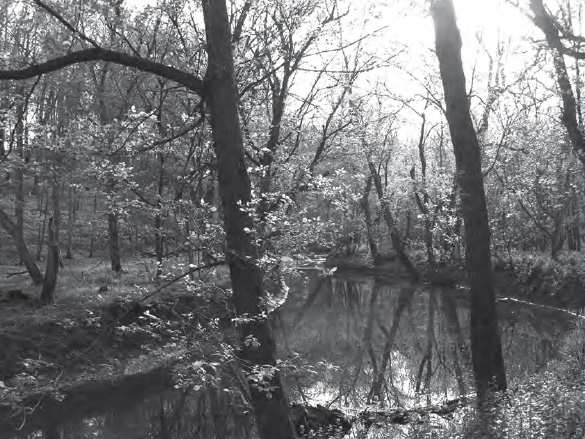
The creek running through the woods at Lothlorien.
Courtesy of Jason Wadsworth
1

That Dose of Unreality
An Introduction to Lothlorien Nature Sanctuary
Its a strange thing that so many people just love that little piece of dirt so much. And its not really much different than any other hundred acres.
Jef, 2006
Lothlorien is unreal estate.
Tuna, 2006
Andrea, who has been a Council member at Lothlorien Nature Sanctuary, once attempted to convey the experience of her first festival there in an essay for an undergraduate English class. Her assignment was to write a detailed factual description of a person, place, or object. Usually a good student, in this case she was considered to have failed to obey the directions and received a D. The instructor refused to believe that the place was real.
When I read Andreas paper I found the teachers skepticism understandable. Lothlorien provides such a marked contrast to its surroundings that a description of it could stretch anyones imagination. Two themes in particular stand out for me in her writing, themes that have come up again and again in interviews, conversations, and survey responses about this piece of land, especially when people describe their first impressions. One is a kind of visual enchantment, including, for example,
the candles, tea-lights, and tiki torches that line every path, that light up this heavenly body called Lothlorien, like the Milky Way. All this light converges in a pinnacle of flame at Thunder shrine At night it is a magical space, lit with an immense fire. (Andrea Chesak, 2005)
The other is the unusual degree of communitas and openness she found among festival-goers based on an ethic of tolerance:
You will find kinship flourishing in a multitude of topics, with common or differing opinions, but it is an environment where you can agree to disagree. (Ibid., 2005)
Communities that come to be described as utopian, like works of utopian fiction, stretch credibility almost by definition. Thomas More, who popularized the term by using it as the title of his fantasy society, chose a spelling that implied both good place, from the Greek word eutopia, and no place, from the Greek outopia. This was apt because, first, it is easy to assume that existing and common sense social forms in any given time or place exhaust the possibilities for human organization and, second, ideals tend to keep expanding or changing when put into practicewhich means that perfection is never actually reached. Since 1987, Lothlorien participants have been consciously trying to refute common sense, maintaining a space that is unlike the world around it. Organization, land stewardship, community, and ritual have been reenvisioned in a number of ways. Andreas impressions are fairly typical of visitors initial responses. One participant described peoples first year of experiences at Lothlorien as their year of enchantment. The enchantment often wears off over time. But Tuna, another Lothlorien volunteer with a gift for words, describes the site as unreal estate. The land and community seem unreal in comparison with the world outside their gates both because they take so much influence from fantasy literature and because they defy mainstream expectations about the ways things can or should work in North America.



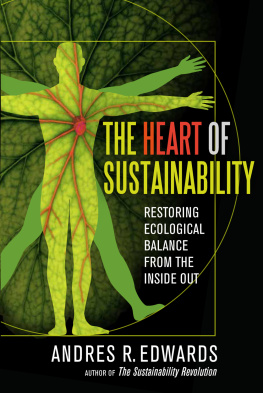
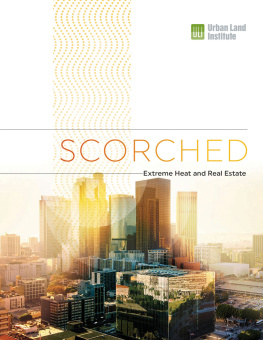
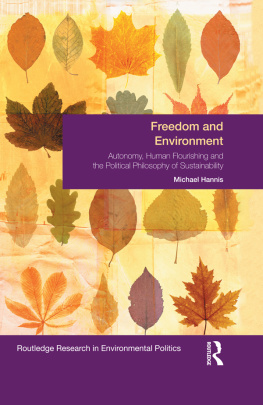
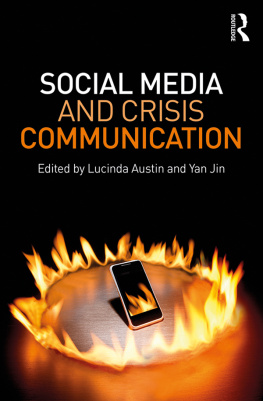
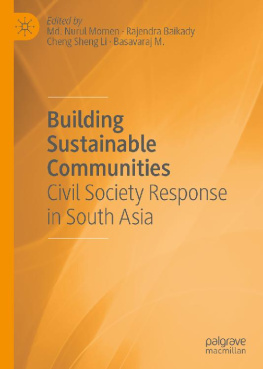

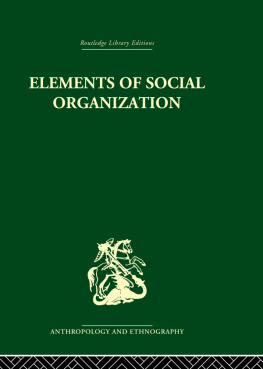
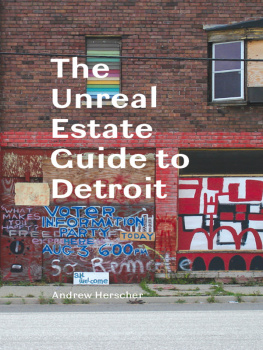
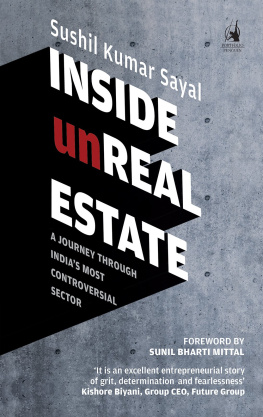
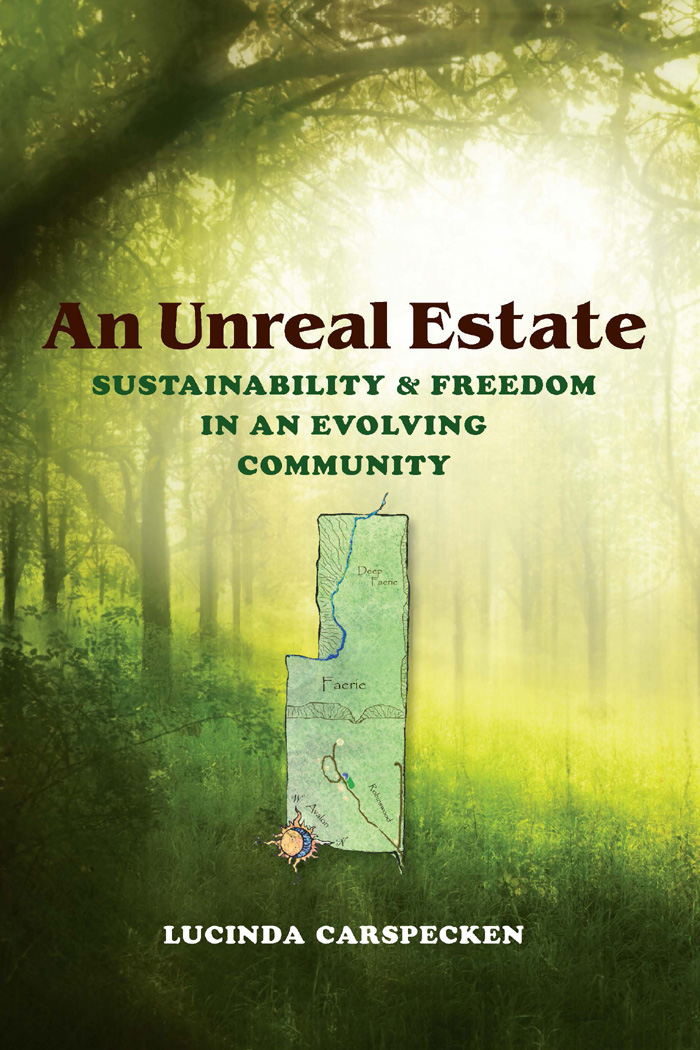

 The paper used in this publication meets the minimum requirements of the American National Standard for Information SciencesPermanence of Paper for Printed Library Materials, ANSI Z39.481992.
The paper used in this publication meets the minimum requirements of the American National Standard for Information SciencesPermanence of Paper for Printed Library Materials, ANSI Z39.481992.
